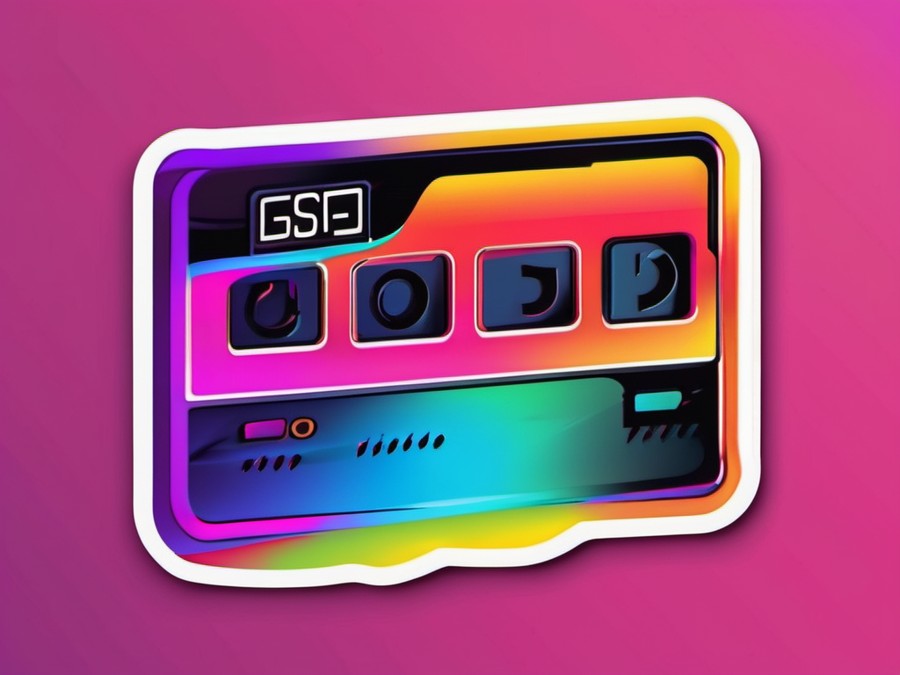· Charlotte Will · Internal Solid State Drives · 6 min read
What is DRAM Cache in Internal Solid State Drives?
Discover how DRAM Cache enhances internal solid-state drive performance, longevity, and system responsiveness. Learn about its mechanism, benefits, and optimization tips to make informed decisions for your SSD storage solutions.

Ever wondered what gives your internal solid-state drive (SSD) that extra zip? If you’re looking to understand the tech behind your speedy storage, DRAM Cache is a key player. Let’s dive into what DRAM Cache is, how it works, and why it’s crucial for your internal SSD.
Understanding DRAM Cache in SSDs
The Role of DRAM Cache in Modern SSDs
Imagine your SSD as a bustling city, with data zipping around like taxis. Now, the DRAM Cache acts as a dispatch center, directing traffic efficiently. It’s a temporary memory space within the SSD that stores frequently accessed data.
How DRAM Cache Enhances SSD Performance
When you open a file or run an application, the DRAM Cache ensures that frequently accessed data is readily available. This translates to quicker load times and a smoother overall experience—just like how a well-organized city can handle traffic spikes more effectively.
The Science Behind DRAM Cache
DRAM (Dynamic Random Access Memory) is volatile, meaning it requires power to retain data. This makes it ideal for caching because it can quickly respond to changes and updates. Non-volatile storage like NAND, which is used in SSDs, is slower but retains data without power. Together, they form a powerful duo that optimizes performance and endurance.
How Does DRAM Cache Work in SSDs?
The Mechanism Behind DRAM Cache Operations
Think of it as a sophisticated librarian. When data is requested, the SSD checks if it’s already in the DRAM Cache. If so, it swiftly retrieves and delivers it. If not, it fetches the data from the NAND storage and stores a copy in the cache for future use.
Integration with Other SSD Technologies
DRAM Cache often works in tandem with other technologies like Host Memory Buffer (HMB). While HMB uses system RAM instead of SSD-integrated DRAM, both aim to streamline data access.
Real-World Analogies for Better Understanding
Picture a busy kitchen where the chef (SSD) is constantly grabbing ingredients from the pantry (NAND storage). The sous-chef (DRAM Cache) organizes commonly used ingredients right by the cooking area for quick access. This analogy highlights how DRAM Cache speeds up data retrieval and processing.
The Benefits of DRAM Cache in SSDs
Improved Data Access Speed
DRAM Cache significantly reduces latency, making your system feel snappier. Whether you’re launching applications or juggling multiple tasks, the cache ensures that data is served promptly.
Enhanced System Responsiveness
Ever noticed how an SSD can make your entire system feel more responsive? That’s due in part to the DRAM Cache, which helps reduce wait times for data. This is especially noticeable when booting up your system or opening large files.
Extended SSD Lifespan
DRAM Cache also reduces the number of write cycles to NAND storage, contributing to longer SSD lifespan. Less frequent writing means less wear and tear on the flash memory, leading to a more durable storage solution.
Is DRAM Cache Essential for Everyday SSD Users?
Assessing the Importance of DRAM Cache
For casual users, DRAM Cache can make a noticeable difference in everyday tasks. It’s especially beneficial for multitaskers or those working with large files frequently.
When to Opt for SSDs with DRAM Cache
If you often run resource-intensive applications, engage in heavy multitasking, or just want a more responsive system, SSDs with DRAM Cache are worth investing in.
Alternatives to DRAM Cache
While DRAM Cache is a cornerstone for many SSDs, some models use alternatives like Host Memory Buffer (HMB), which leverages the system’s main RAM for caching. This approach can be cost-effective but may not offer the same level of performance as integrated DRAM Cache.
Optimizing DRAM Cache for Better SSD Performance
Tips for Maximizing DRAM Cache Efficiency
Ensure your system is configured correctly to make the most of DRAM Cache. Keeping your software up-to-date and optimizing system settings can enhance cache utilization.
Monitoring DRAM Cache Utilization
Tools like Task Manager or third-party software can help you track cache utilization. Monitoring this data can provide insights into how effectively your SSD is using its DRAM Cache, allowing you to make informed tweaks.
Upgrading and Maintaining SSDs with DRAM Cache
Regularly updating firmware and maintaining optimal system conditions can prolong the life of your SSD. Keeping an eye on temperature, ensuring adequate ventilation, and avoiding physical shocks can all contribute to the longevity of both your SSD and its DRAM Cache.
Conclusion
In summary, DRAM Cache plays a pivotal role in enhancing the performance and longevity of internal solid-state drives. Understanding its mechanism, benefits, and integration into modern SSD systems can help users make informed decisions about their storage solutions. As technology advances, so too will the ways in which we optimize and utilize this powerful cache system.
FAQs
Q: How is DRAM Cache different from HMB (Host Memory Buffer)?
- A: While both DRAM Cache and HMB serve to enhance SSD performance, DRAM Cache is generally more efficient as it resides within the SSD itself. HMB, on the other hand, leverages a portion of the system’s RAM for caching.
Q: Does DRAM Cache affect SSD write endurance?
- A: Yes, DRAM Cache can help extend SSD write endurance by reducing the number of times data needs to be written to and erased from the NAND storage, thereby prolonging its lifespan.
Q: Is it possible to add DRAM Cache to an existing SSD?
- A: Unfortunately, adding DRAM Cache to an existing SSD is not feasible. It’s a feature that must be built into the SSD’s hardware and firmware during manufacturing.
Q: How can I check if my SSD has DRAM Cache?
- A: You can typically find this information in the SSD’s technical specifications, which are usually available on the manufacturer’s website or through system management tools.
Q: Should I prioritize DRAM Cache over other SSD features?
- A: The importance of DRAM Cache depends on your specific use case. For users focused on high-speed data access and system responsiveness, DRAM Cache can be a critical factor. However, for those with less demanding workloads or primarily concerned with storage capacity, other features may take precedence.
Further Reading:
- What is the Best External Solid State Drive for Backup?
- What is the Fastest External Solid State Drive Available?
- What is the Benefit of Using USB 3.0/USB 3.1 External Hard Drives?
- What is the NVMe Standard for Internal SSDs?
By understanding the DRAM Cache in your internal SSDs, you can unlock a new level of performance and longevity for your storage solutions. Whether you’re working on high-end applications or simply enjoying a smooth computing experience, the benefits of DRAM Cache are tangible and significant.




